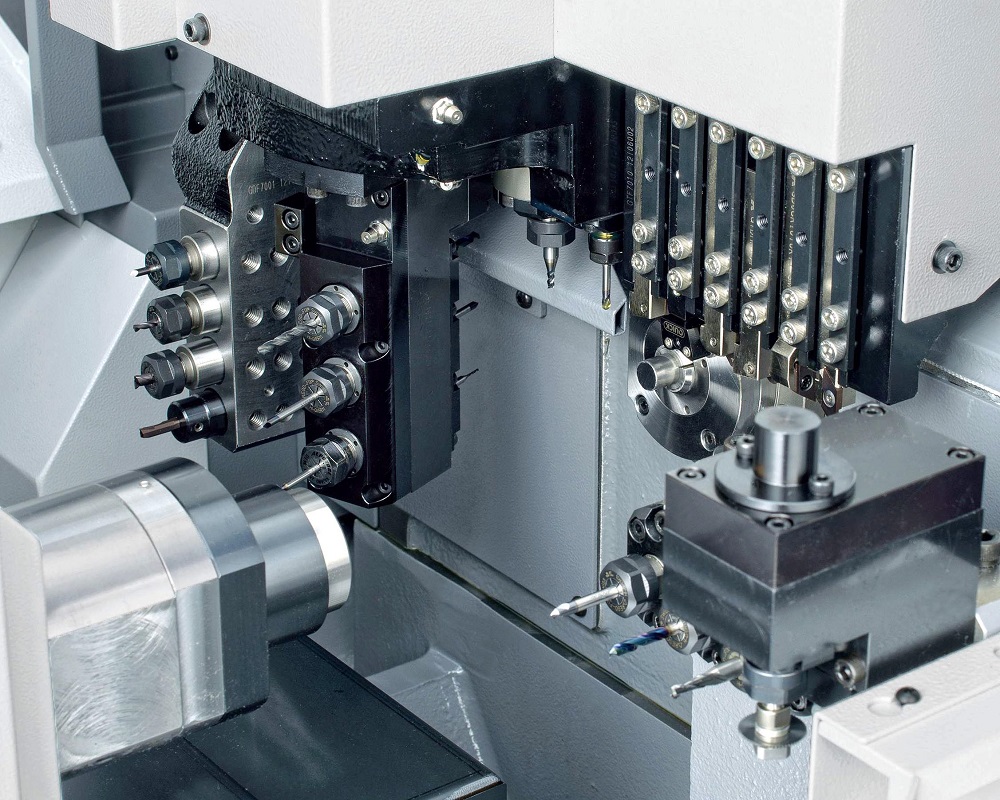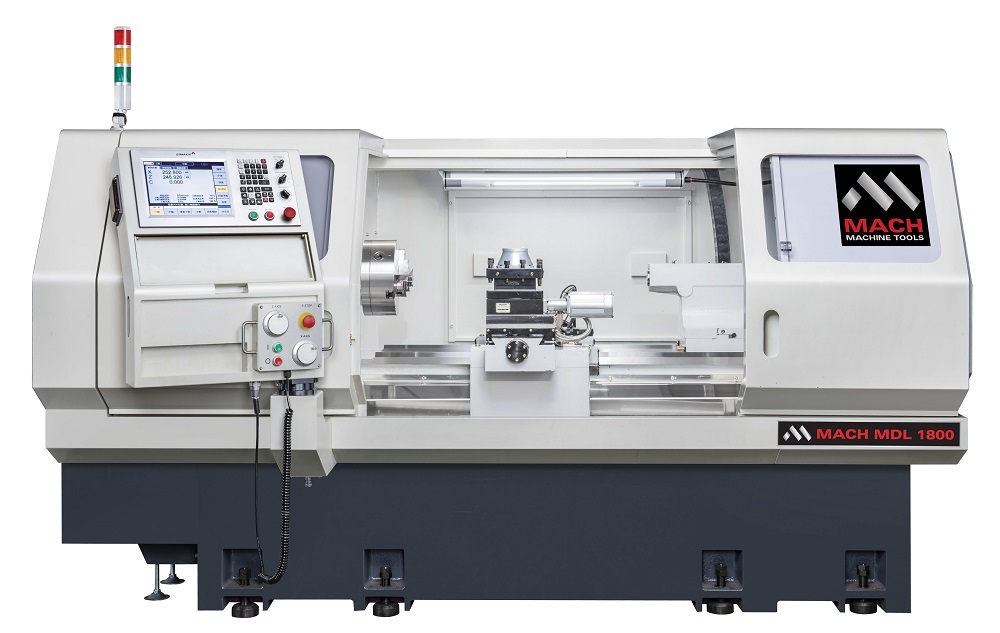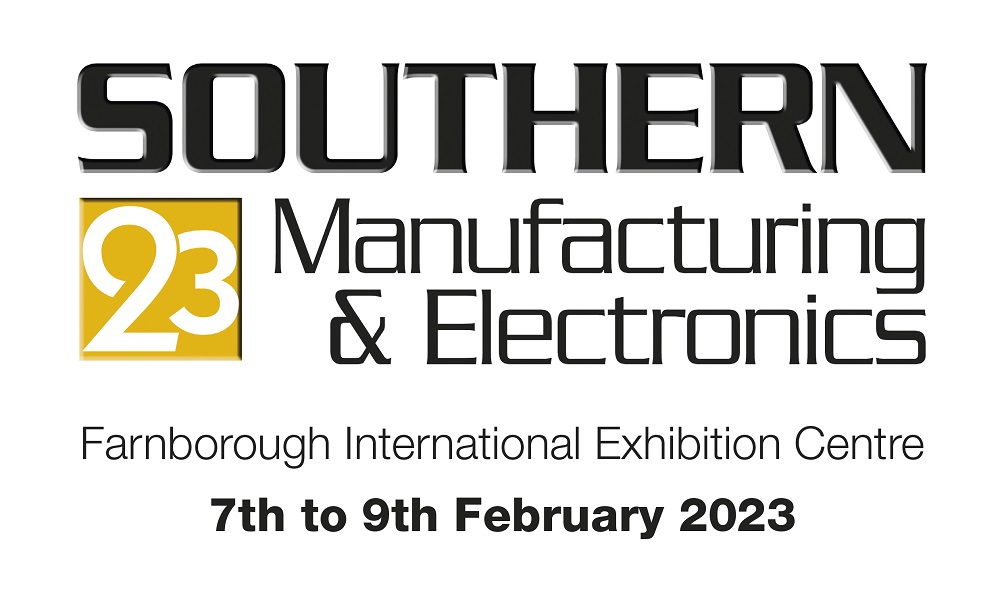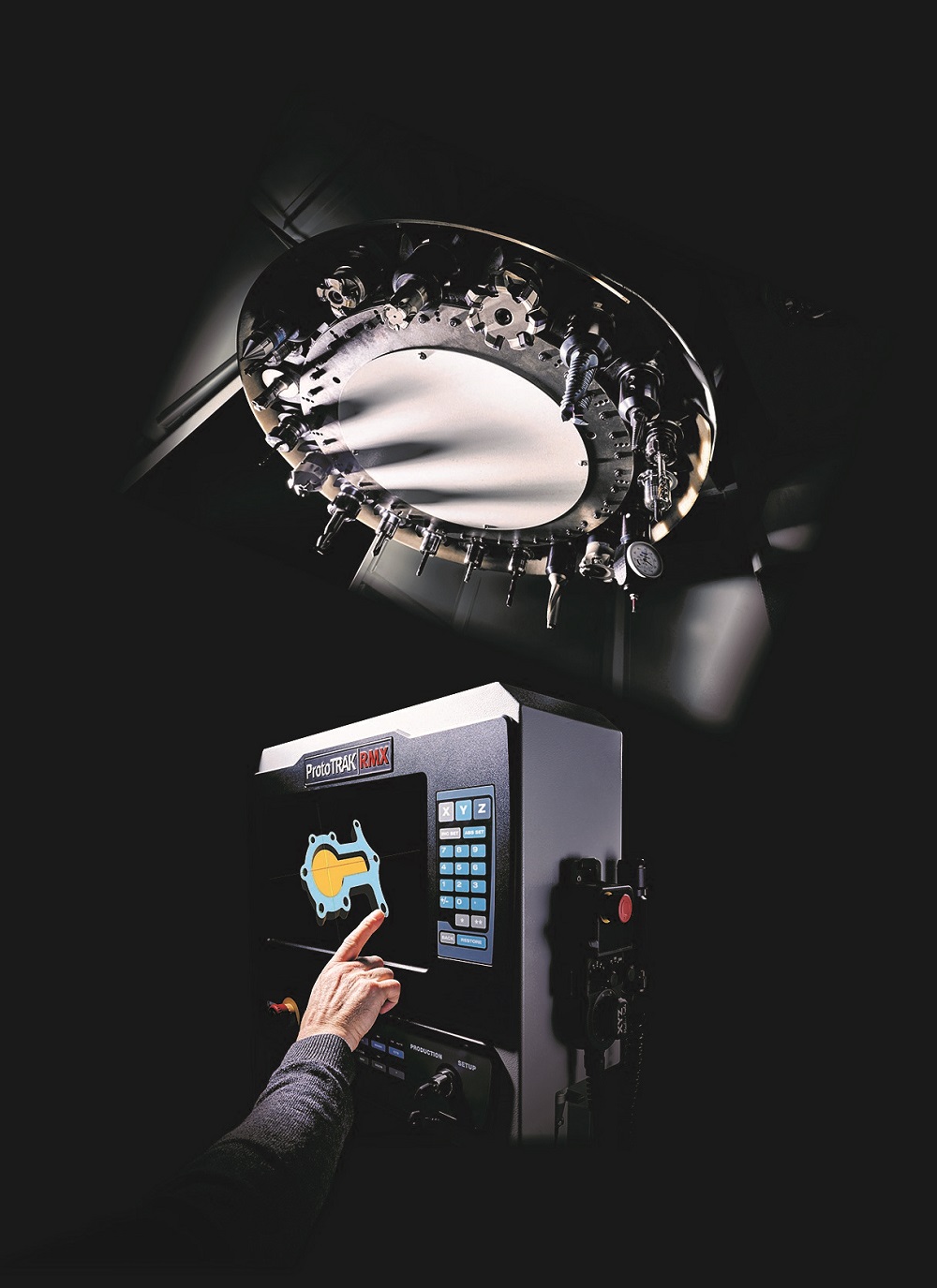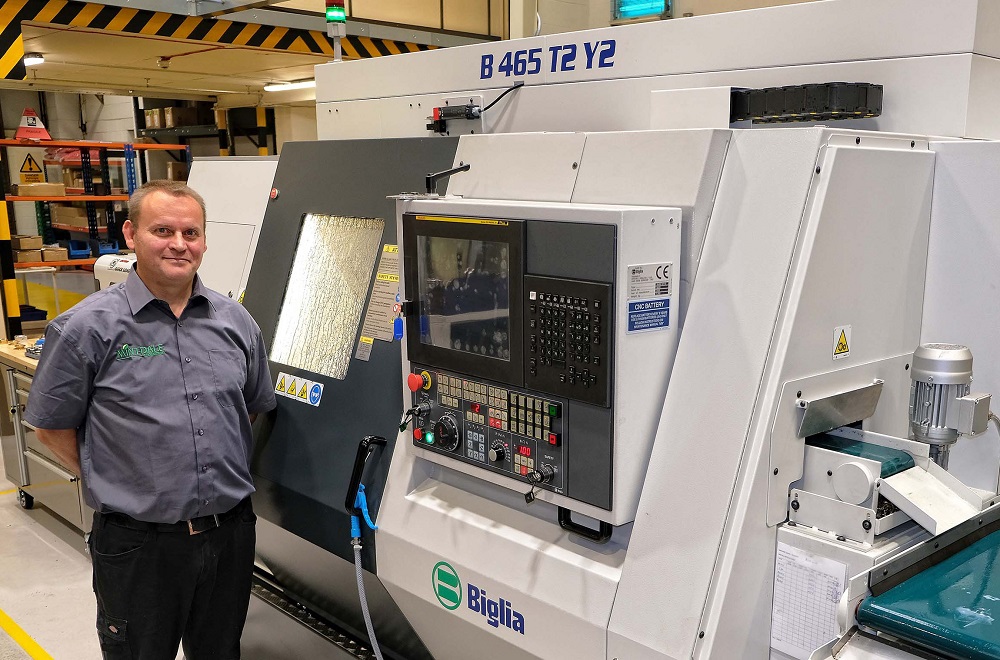Four members of the Toyne family, managing director Chris, his wife and company secretary Christine and two other directors – their son Jason and his wife Julie – runsubcontracting firm Mintdale Engineering of Chesterfield. The company specialises in the CNC turning of bar, tube and billet, as well as CNC milling on five VMCs.
Take, for example, an aluminium gas regulator base produced on the company’s latest turning centre, an Italian-built Biglia B465 T2 Y2 twin-spindle, twin Y-axis turret model supplied by sales and service agent Whitehouse Machine Tools. The 1.25 inch high cuboid part is machined from 2 inch square bar fed by an LNS Quick Load Servo 80 S2 short bar magazine.
This component, which Mintdale Engineering has been producing for 22 years, was latterly machined 20 at a time on a twin-pallet-change VMC. Op 1 involved machining three sides, milling a circular pocket, drilling various holes and then tapping them, while Op 2 after pallet change completed similar features. The floor-to-floor time per base was two minutes.
On the Biglia, Mintdale produces the part in one hit and requires only a small amount of face turning and parting off, the remainder of the cycle being prismatic machining. Both live turrets are deployed at the main spindle for some of the time, followed by simultaneous machining at both spindles using the two tool carriers. Although the cycle time is three minutes, 50% longer per part than before, the big advantage (and saving) is that production is unattended, unlike on the VMC. The finish-machined components pass through the counter spindle onto a conveyor feeding a Hydrafeed Rota-Rack parts accumulator.
For further information www.wmtcnc.com






